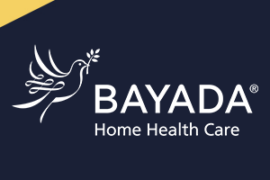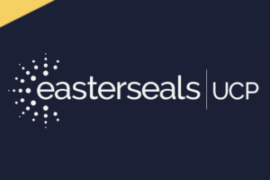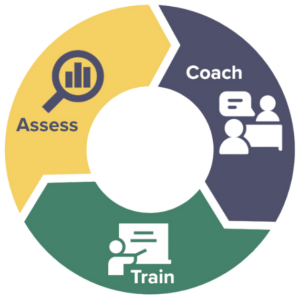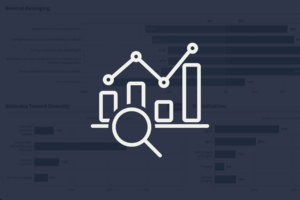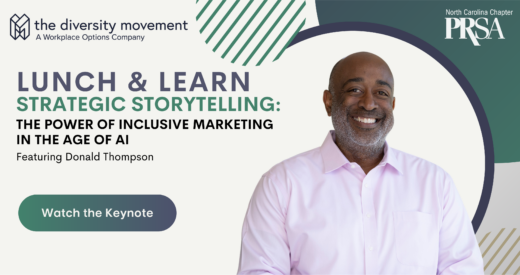The moment is ingrained in my mind as clear as day. My colleagues and I were hired to run an unconscious bias training at a law firm. As we were planning and rehearsing the training, I misgendered a trans-male colleague by addressing him with the pronoun her. I remember tripping over my next few words and, as the conversation moved on, it weighed down heavier on me each second. During a break, I called him to the side of the room and apologized profusely. He said it was fine, and then, ironically, we went back to rehearsing our presentation on unconscious bias training.
As I practiced explaining bias to empty chairs, I grew increasingly aware of my own. Growing up in an Indian household, we never talked about gender as a spectrum. The moment with my colleague revealed how deeply rooted my perceptions around gender presentation can be, even when I am actively fighting against them. Also, I’d over-apologized, which I know I should not have done. While I could not guarantee that I would never make that mistake again, I wanted to make sure, if I did, I would know how to mitigate the effects of my blunder.
Here’s the takeaway. Even people who spend years learning and implementing diversity and inclusion policies can accidentally misgender someone or commit a microaggression. Everyone makes mistakes, and when you do, you might feel lost, discouraged, or embarrassed. Knowing what to do in the moment takes practice and preparation. Through this guide, I hope you will become more prepared to address your own mistakes with grace and empathy for others.
A brief and sincere apology
In the first few seconds after misspeaking, your reaction is critical. Take a deep breath and prioritize how the other person might feel. It can be easy to focus on your guilt or embarrassment, but doing so only makes them feel, unjustly, like a burden. It can also draw unwanted attention and cause embarrassment or anxiety.
Look the other person in their eyes and say genuinely, “I’m sorry.” Do not over-apologize or attempt to show them how much you support their identity or background. Common ways of over-apologizing include, “This is not who I am” or “I promise I wasn’t raised that way.” Over-apologizing puts the other person in an awkward position of having to comfort or validate you when they are the one who might feel hurt.
Yes, your good intentions do count for something, but they are not enough on their own. Each of us must take ownership of our missteps. It is an instinct to rationalize or qualify mistakes. For example, “I only said that because you’re wearing [insert article of clothing] or “But your name sounds [insert cultural background here]”. Do not attempt to justify your mistake; the best apology is changed behavior. Ultimately, your next steps determine whether the apology was authentic.
Educate yourself
Now that you have apologized appropriately, the real work begins. The only way to regain trust or credibility with the other person is not to make the mistake again. Avoiding a misstep takes practice and education.
Take initiative to learn about that specific background or identity. Organizations like the American Civil Liberties Union (ACLU) and reputable websites like mypronouns.org offer countless online resources where you can read about diverse life experiences. The Diversity Movement has curated e-Learning courses that address relevant topics like inclusive language and unconscious bias.
Next, be intentional with your words and thoughts. That’s something each of us can improve on, no matter where we are on our diversity and inclusion journey. When you recognize that you are making identity assumptions, challenge them. Our brains are wired to rely on stereotypes and bias. It’s how we mitigate those unconscious judgments that matters. Note what triggered the assumption, and do the work to follow your breadcrumbs back to the root bias.
Correct and educate others
Now that you understand these identities better, you can use your understanding to help others on their journey as well. Allyship is not a passive exercise; it means actively combating the structures in our language and day-to-day activities that might hurt people who are marginalized. Being an ally means you might have to speak up to a manager or call out someone in a group setting. That can be uncomfortable, but using your privilege to create a lasting culture shift is the truest form of allyship.
When you see discrimination, politely and objectively call it out. The goal is not to shame someone, but to make them aware, so you do not trigger defensiveness or resistance but encourage that person to be open and willing to change their behavior. Most people do not mean to be rude or offensive, so acknowledge the difference between their probable intention and their act. You might say, “I’m sure you did not mean it this way, but [insert discriminatory words or act] was hurtful because [explain why it is offensive]. Next time, you could say/do [insert non-discriminatory words or act] instead.”
When you see or hear a microagression or other form of discrimination that you once also committed, you could say, “I heard you say [insert phrase or act]. I used to say that too, but then I learned that [insert why it is offensive].” Showing your growth makes the other person less defensive and more receptive to advice.
No one can become perfect overnight, but fixing your mistakes means you are taking another step on your diversity, equity, and inclusion journey. The conversations we create in these often uncomfortable moments will incrementally create safer spaces for people who are marginalized.
By sacrificing the privilege of comfort, you proactively reduce the burden that underserved and oppressed people often face. When you make a mistake, apologize, then use your experience as motivation to improve your behavior and your community. As Anne Frank said, “What is done cannot be undone, but at least one can keep it from happening again.”
Jeyashree Haridoss is a first-generation Indian immigrant and proud woman founder of Sol, a platform that instantly connects travelers with interpreters. With the help of strong teams, she has ideated and executed diversity and inclusion programs at startups, NC State University, and SAS. Her mission? Pull in and empower people who have been pushed to margins.
